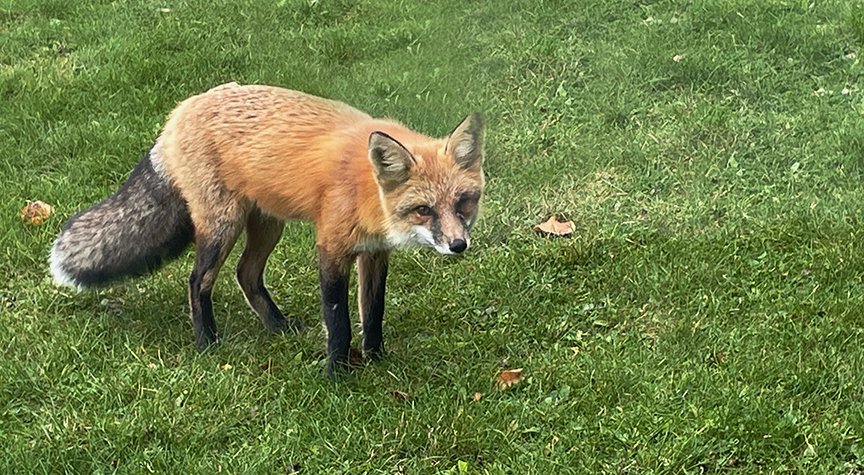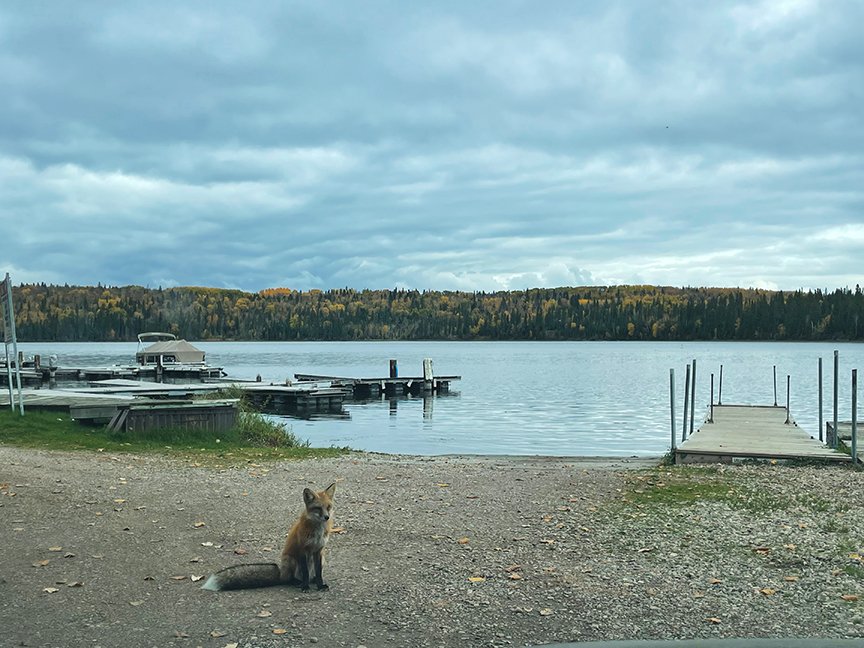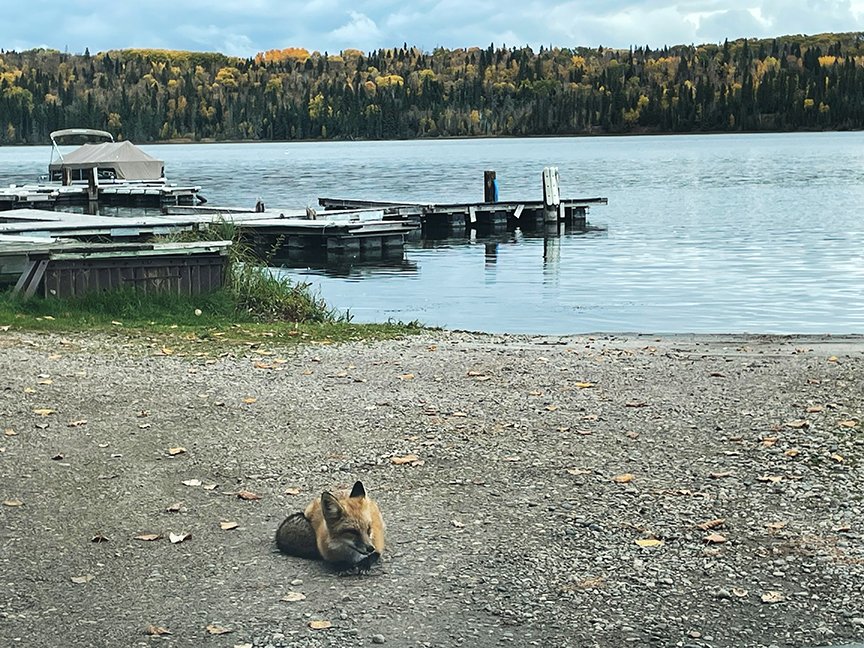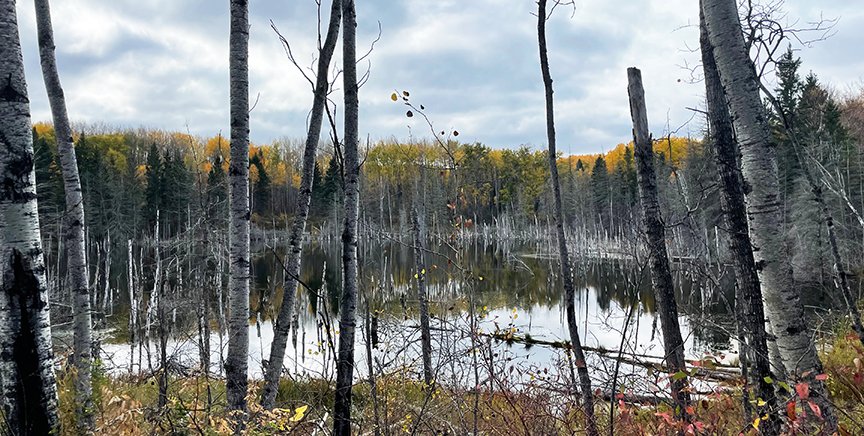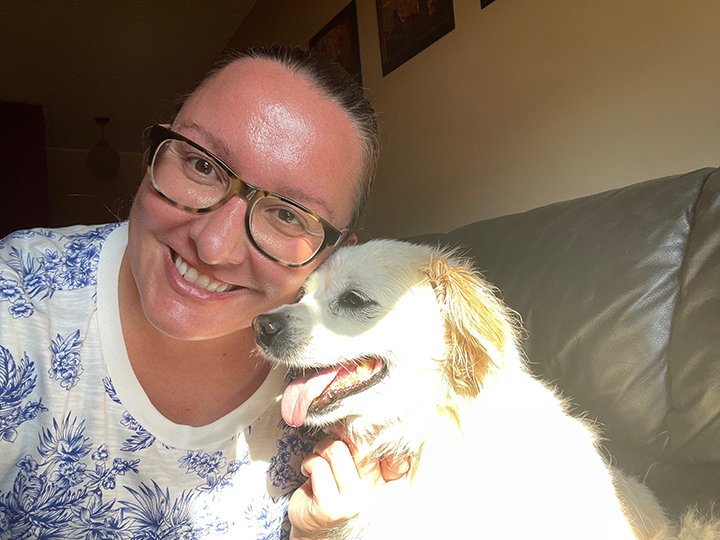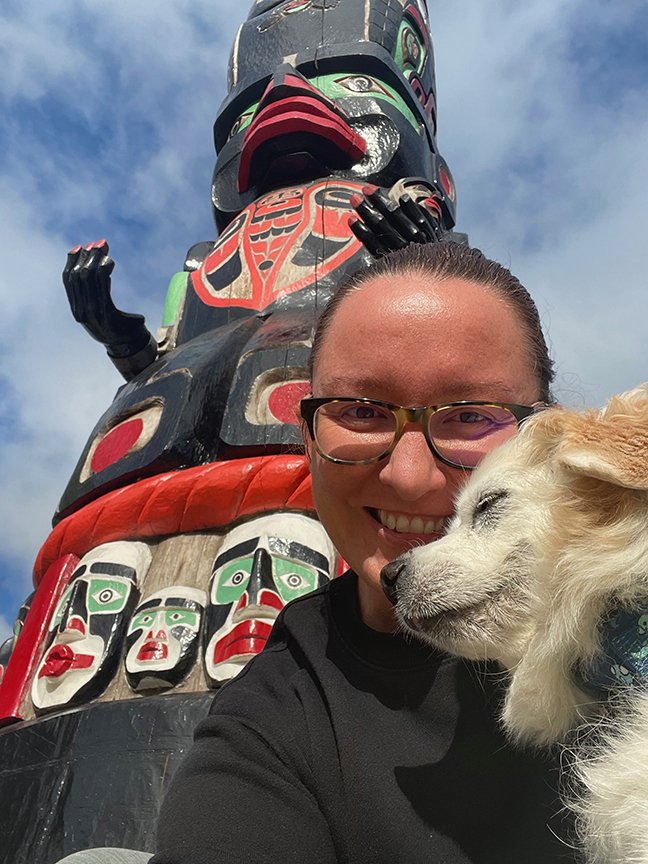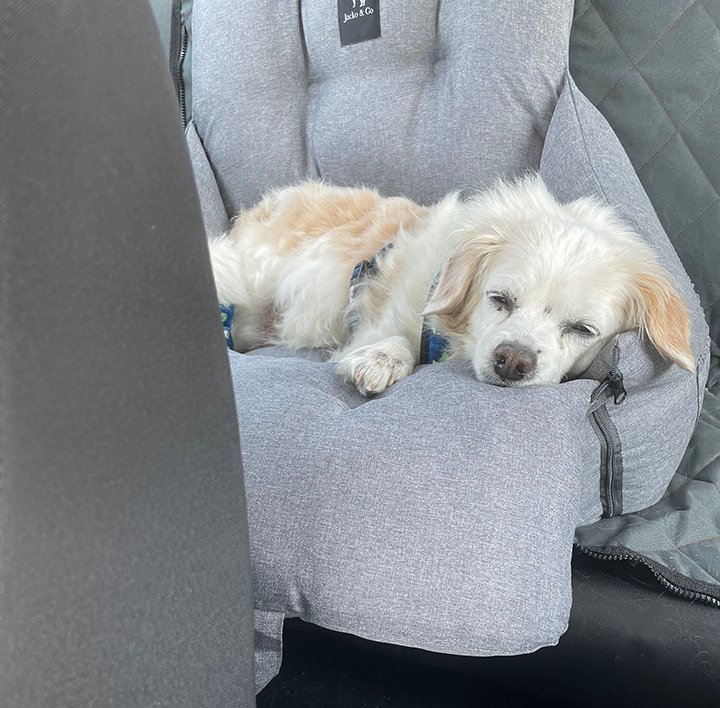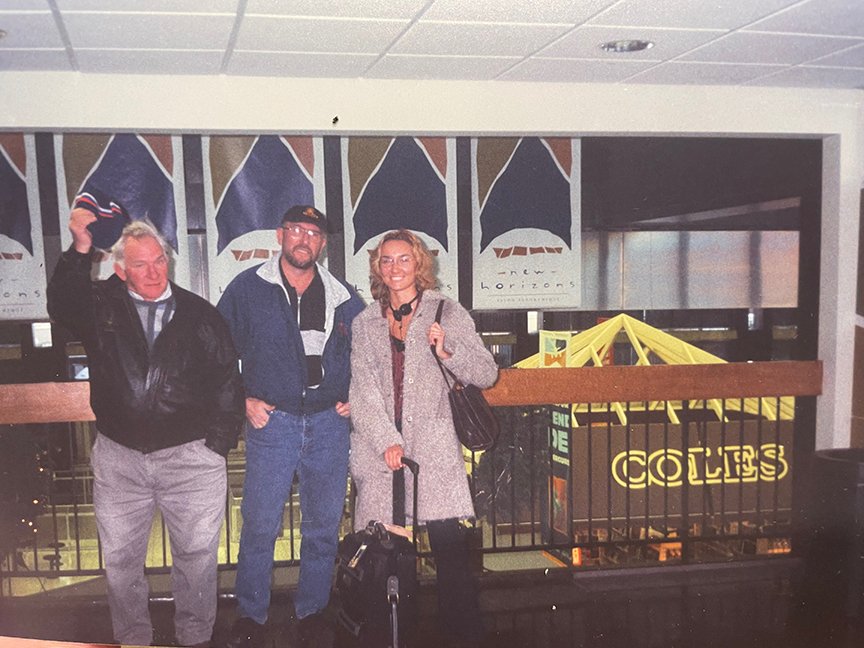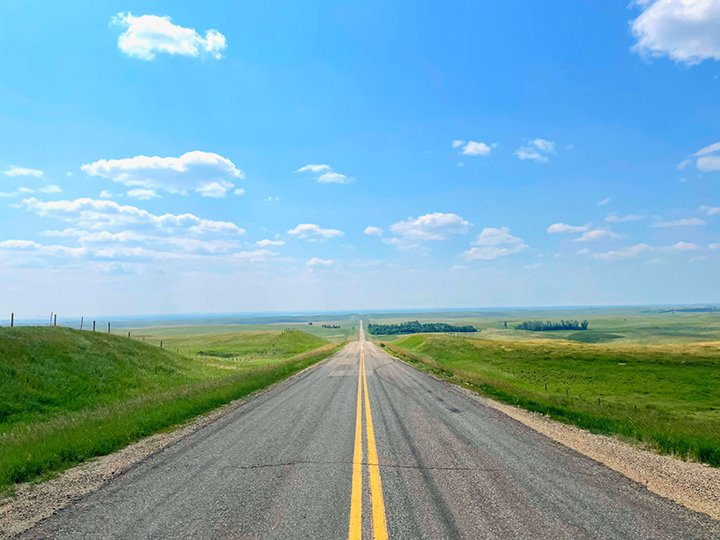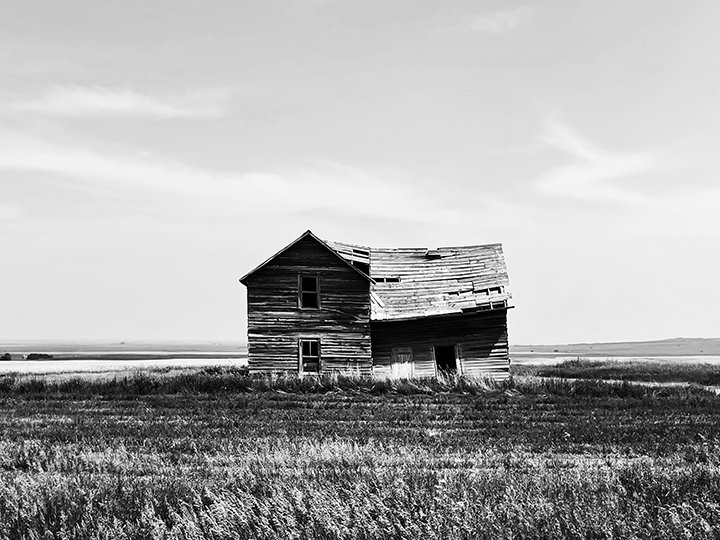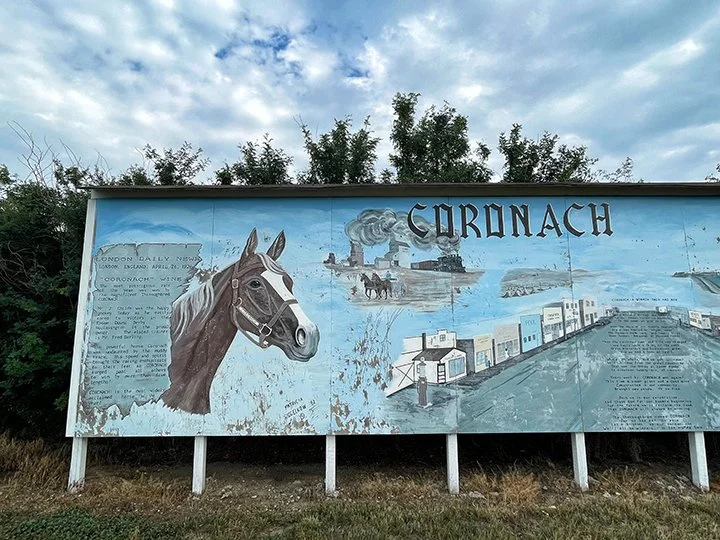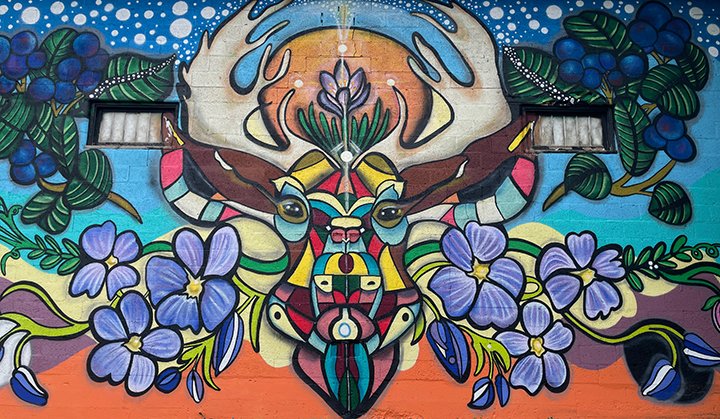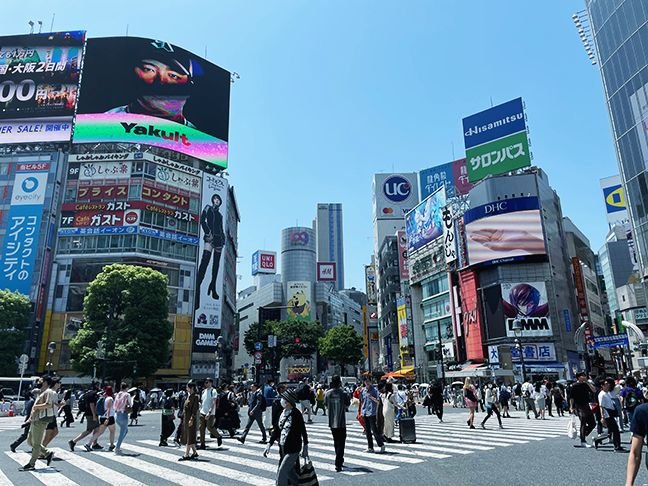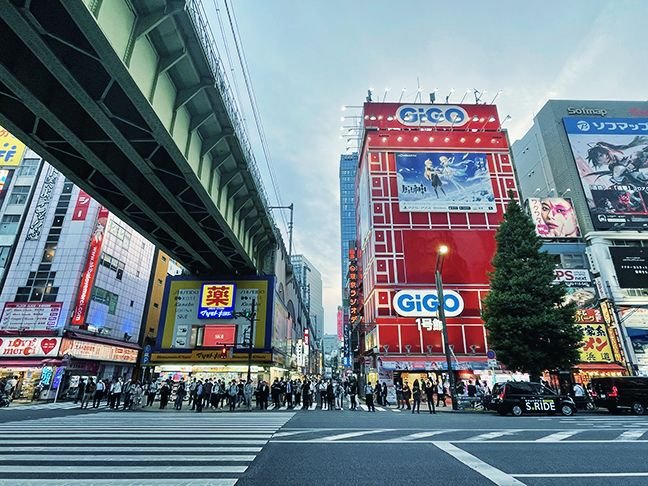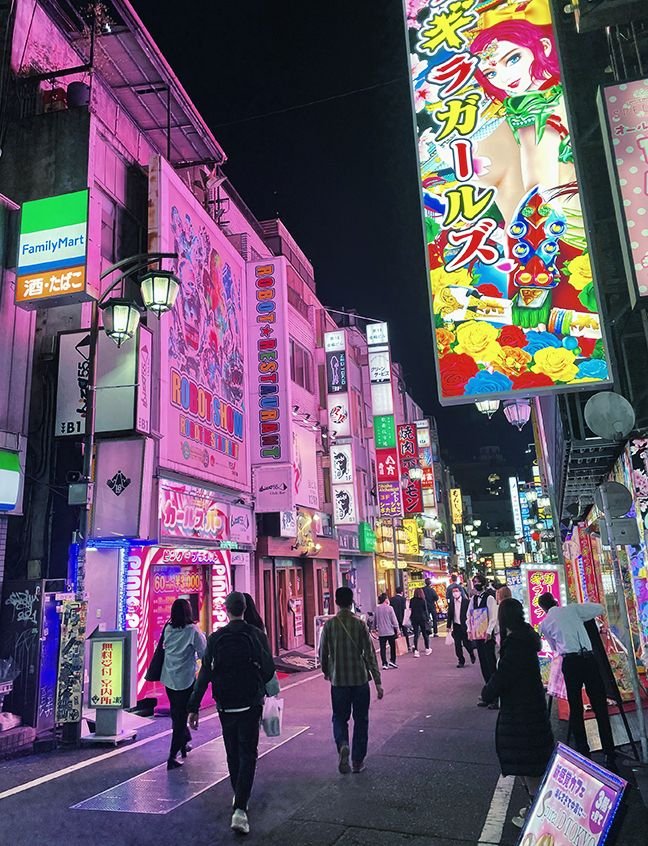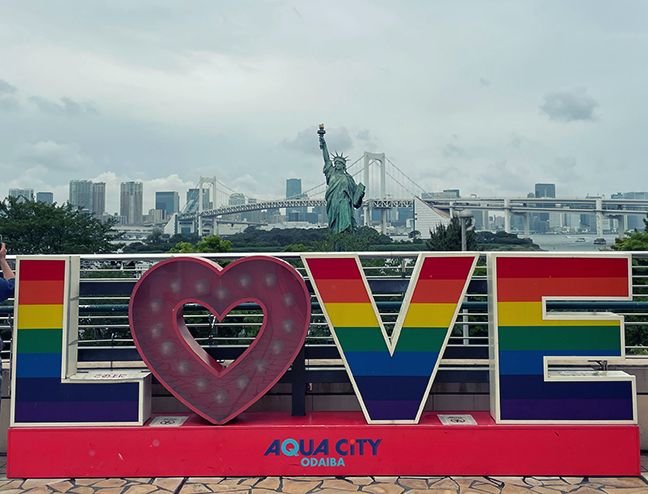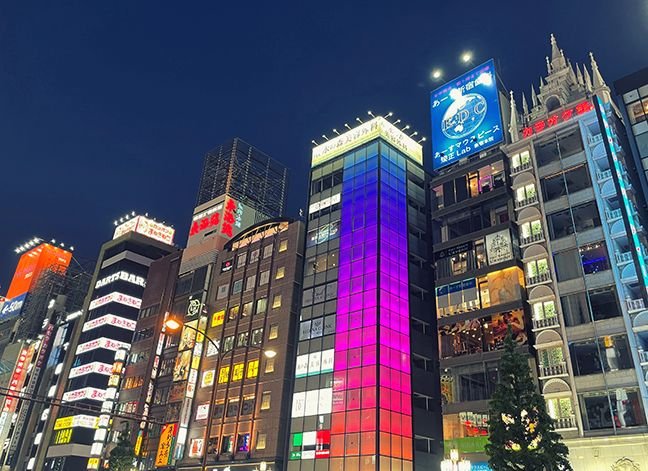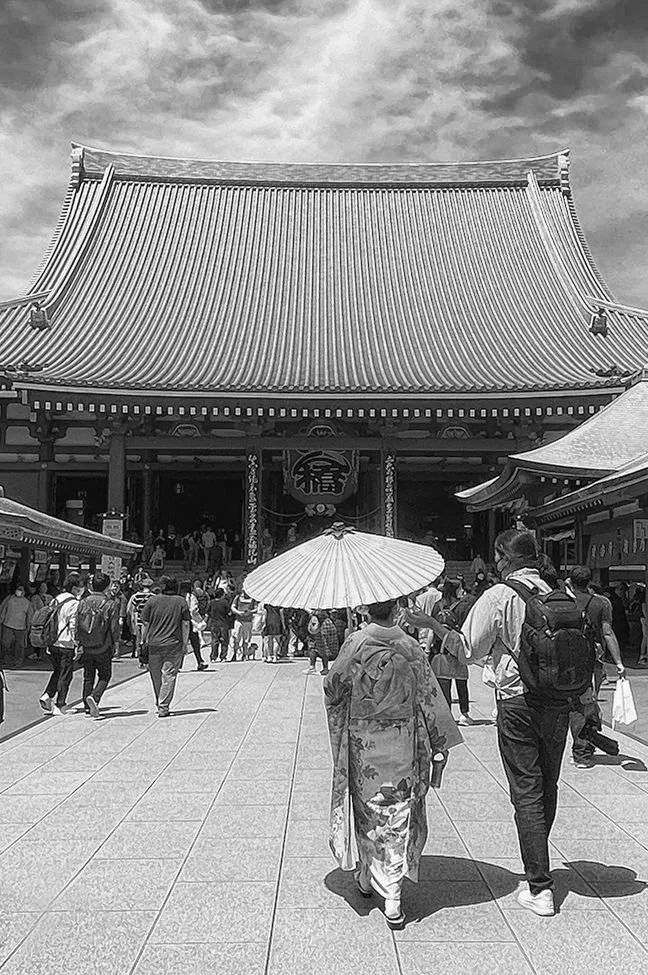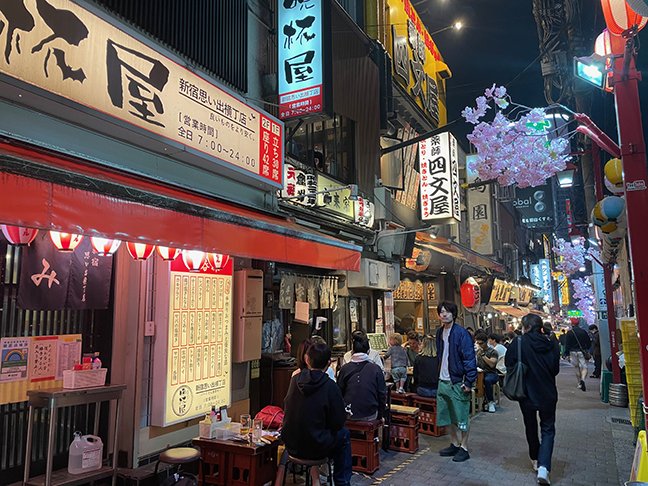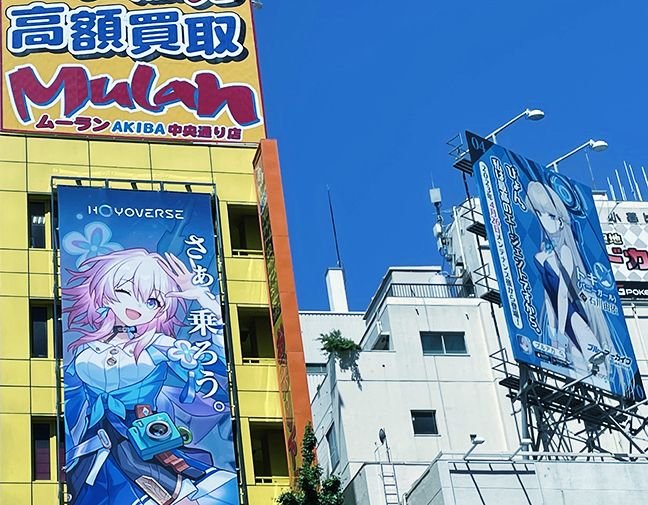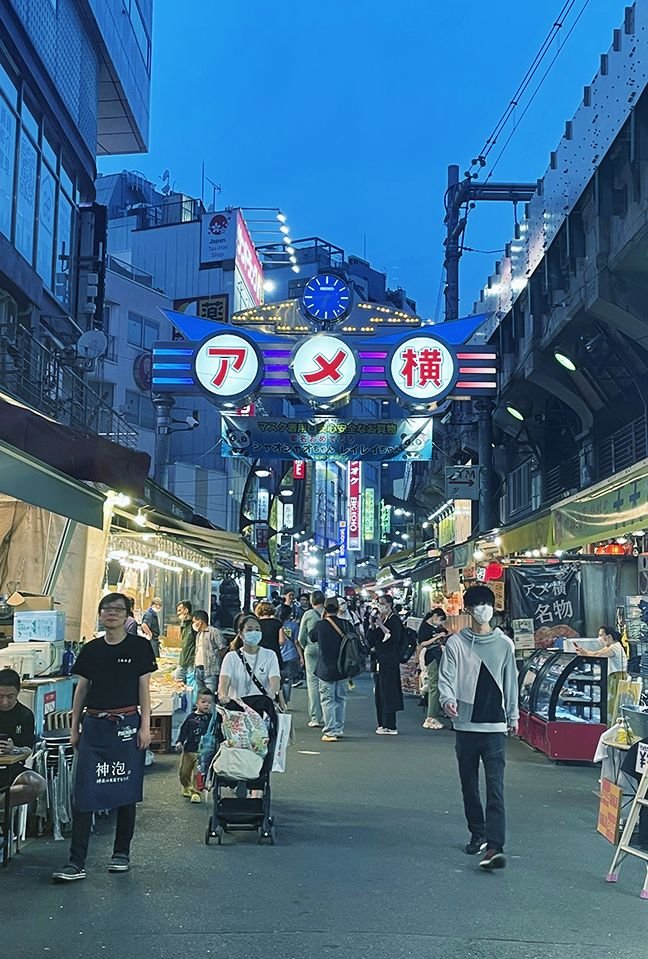Over the past year I have volunteered with New Hope Dog Rescue (NHDR), a registered non-profit and foster-based organization that has been rescuing and re-homing dogs in need since 2003. My role started with social media content creation and has evolved into marketing coordination. One of our recent initiatives has been the creation of a cook book in celebration of NHDR’s 20th anniversary.
The Project: The New Hope Dog Rescue 20th Anniversary Cook Book was a joint undertaking between myself and the fundraising coordinator of NHDR meant to showcase the culinary talents of our volunteers and supporters, and share the stories—happy tails—of our many adopted alumni throughout the years. At nearly 200 pages and 55+ recipes, there was something for everyone to try ... including your dog! The piece also shared the history of NHDR and their active involvement in the community which includes a First Nations spay-and-neuter program, hospital care program for those with longer-term medical needs who require assistance caring for their pet, and animal safekeeping program (ASK) for those fleeing domestic violence.
Advertising revenue supported the cost of printing. Full-page advertisements were purchased by local businesses such as BOSS Plumbing, Canine Action Project (C.A.P.), Erindale Animal Hospital, Pet Valu, Rainbow Restoration and the YXE Underground Podcast. Interior pages were printed in one colour to maximize profit. Because of this, design needed to retain readability and remain engaging for viewers.
Social media posts on the New Hope Dog Rescue channels were the only means of promotion outside of word-of-mouth. The cook book was sold at sponsor venues and events leading into the holiday season.
The result: The first print-run of two hundred cook books sold out within two weeks. A second limited print-run of one hundred additional copies was ordered to meet demand. These are also on track to be sold out by the end of the year. In total, the cook book will have raised over $6,000 for New Hope Dog Rescue. It is a success that will ensure further care and support for animal welfare in Saskatchewan ensuring these dogs find the support, medical care, and forever families they deserve.
For more information on New Hope Dog Rescue, please visit newhoperescue.org





